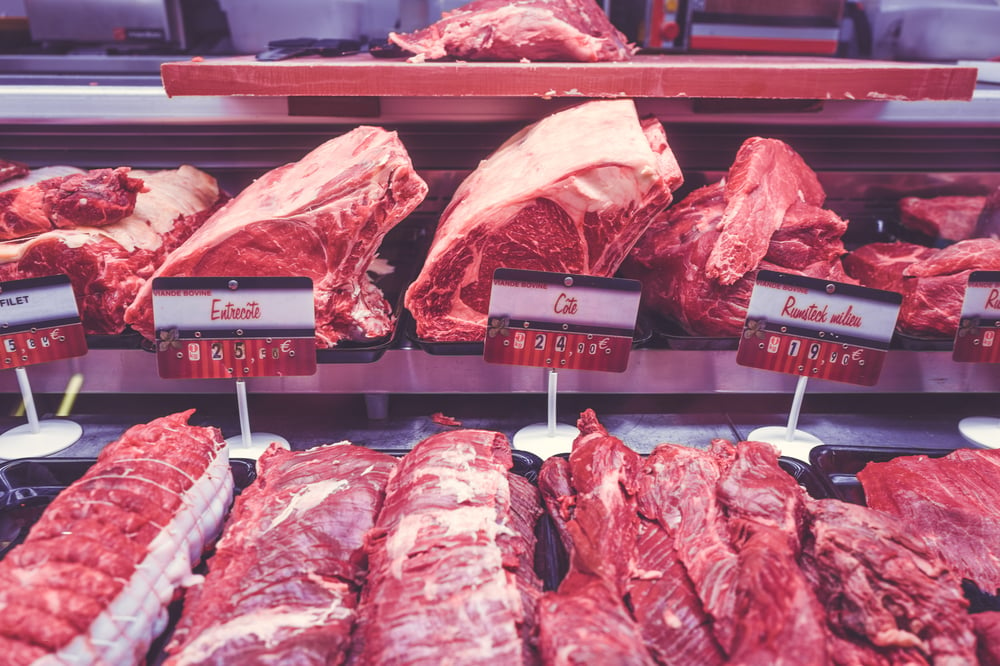
If you ask many chefs, the concept of steak is kind of ho-hum in the fine dining world. It doesn't involve a lot of creativity. If you ask the general public, though, and even many of those same chefs when they're off hours, the idea of a juicy, well-cooked steak is often a good one.
The fact is, steakhouses are timeless. They are part of the fabric of America. They are go-to establishments for big celebrations, for important business dinners and for classic meals. They have also evolved.
Introducing the Dry Aging Room
Why are dry aged steaks so good? Time. According to a study and report on ScienceDirect about the impacts of dry aging, time will impact steak in two ways: flavor and texture.
Over time, enzymes act on protein and change some of the cellular compositions. Proteins are turned into savory amino acids and fats, and fat-like membrane molecules are turned into aromatic fatty acids. Essentially, enzymes turn large flavorless molecules into smaller, more flavorful fragments.
As enzymes are helping to enhance the flavors of steak, at the same time they are also tenderizing it. Enzymes weaken supporting proteins that hold contracting filaments in place, leading to steak that is more tender.
So how can restaurants create the ideal environments to support these enzymes? By controlling the conditions that matter the most.
According to findings in the report, by controlling temperature, operators can essentially control the decomposition process. UV lights can also be important, helping to kill any airborne bacteria in the aging room. Lastly, it's critical to control humidity.
When meat dries quickly, bacteria and mold growth will stop. This can be accomplished with air circulation. At the same time, humidity levels should be held between about 68 and 70 percent. Basically, humidity levels that are too high can lead to bacteria and mold, while humidity levels that are too low can lead to dried out steak.
How can operations control humidity levels in their dry aging rooms?
Basically, operators need to monitor and control humidity levels, and it's possible to do this in a smarter fashion. Take RDT's Environmental Controller, for example. It can control humidity levels as needed to enhance a safe dry aging process, but that's not all it can do.
The Environmental Controller also contains many of the same operational benefits as RDT's Eco-Smart system, mainly the ability to provide efficiency control and convey important communications. With HACCP reporting and alerts, operators will know and have the ability to report on the conditions of their storage facilities.




